Berndt Friberg (1899-1981) was a Swedish ceramic artist who was particularly active during the 1950s. He was known for his mastery of form and his geometric and glossy glazes. He is also credited, along with his mentors Wilhelm Kåge and Stig Lindberg, with bringing Gustavsberg’s G-Studio into the Golden Age of pottery.
Nils Edmund Berndt Friberg was born in 1899 in Höganäs, Sweden. Friberg, at the age of thirteen, began an apprenticeship at the local porcelain factory, Höganäs Pottery while simultaneously attending a technical school. In his formative years, Friberg also worked for the Danish Moller & Bogley factory in 1918 and the Raus factory in Helsingborg, Sweden in 1919.
In 1934, Friberg began working as a thrower for the Swedish ceramic artist Wilhelm Kåge (1889-1960) at the Gustavsberg porcelain factory. Kåge, who was the artistic directory, became a mentor and friend to Friberg. Friberg also worked closely with ceramist Stig Lindberg (1916-1982), whom eventually succeeded Kåge as artistic director. In 1941 Friberg had his first exhibition in Stockholm with Lindberg and ceramic artist Calle Blomkvist (1902-1983).
A perfectionist, Friberg was adamant about throwing all his own pieces by hand, one at a time, and discarding any that didn’t meet his exacting standards. Friberg was hugely influenced by Japanese and Chinese art, and followed in their tradition of applying his glazes by hand, often layering them, to achieve structure and depth in his pieces. His signature glaze was known as the haresfur glaze. In 1944, Friberg opened his own studio in Gustavsberg’s Studio, known simply as G-Studio. Initiated by Kage in 1942, G-Studio was an independent art city located inside of the factory, where the artists could have the freedom to develop new series.
In 1951, Friberg had his first solo exhibition, which was held at the Artium Exopse in Gotheburg, Sweden. The show was well-received and Friberg garnered interest from many notable people, including King Gustav VI Adolf, who became an avid collector of Friberg’s work, owning more than 100 of his pieces. As the demand for Friberg’s work grew, the Gustavsberg factory wished to serial produce some of his pieces. Friberg fought against the mass production of his pieces, but his Selecta Series was eventually serial produced by the factory. It is the only pieces designed by Friberg that do not bear his signature.
During the 1960s, when Swedish stoneware developed into a more rustic and heavier style, Friberg made only subtle changes in his works, including darker glazes such as his glossy oxblood glaze. In 1965, he exhibited 650 of his pieces at the NK Salon in Stockholm. It was here the Aniara glaze, one of his most famous glazes, was christened by the Nobel Prize winning author, Harry Martinsson.
Friberg continued to work at the Gistavsberg factory until he passed away in 1981. Throughout his life, Friberg independently produced thousands of hand-thrown and hand-glazed pieces, which ranged from miniatures that measured no more than a few centimeters to large floor vases. His pieces are signed “Friberg” and include the Gustavsberg hand, as well as the production year, which he indicated with a letter until the mid-1970s, after which he started to incise the actual year on his pieces.
Friberg’s work can be found in the National Museum in Stockholm, the Museum of Applied Art, the National Museum of Denmark in Copenhagen, and the Röhsska Museum in Gothenburg, among others. Notably, he was awarded the gold prize at the Triennale di Milano in 1948, 1951, and 1954; the Gregor Paulsson Trophy in 1960; first prize at the Faenza International Ceramic Art Competition in 1965; and the Prince Eugen Medal in 1980.
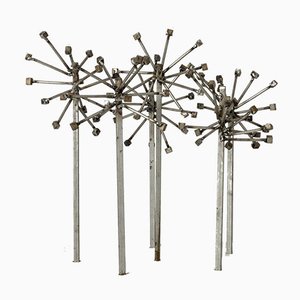
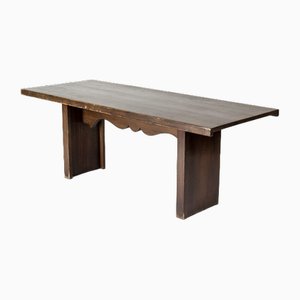
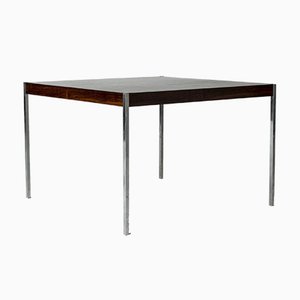

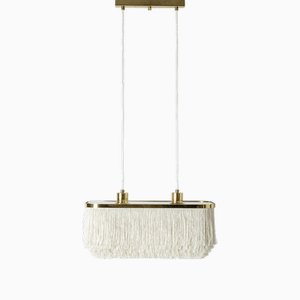
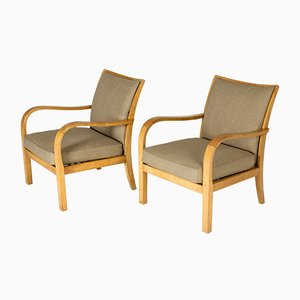
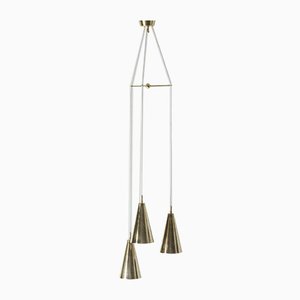
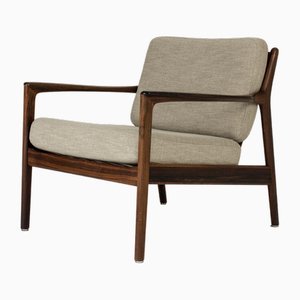
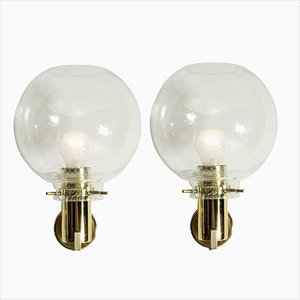
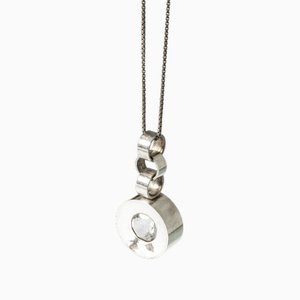
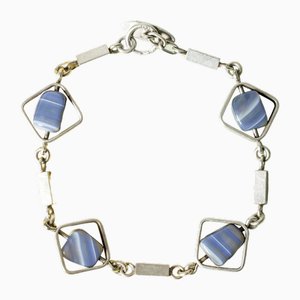
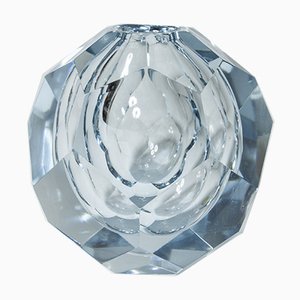
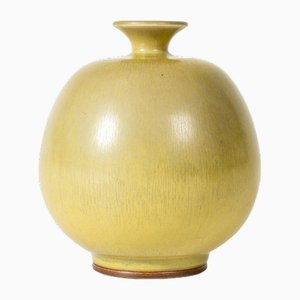

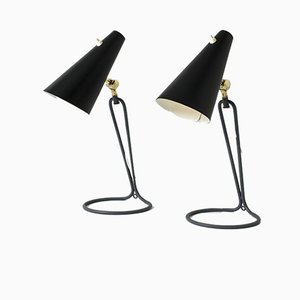
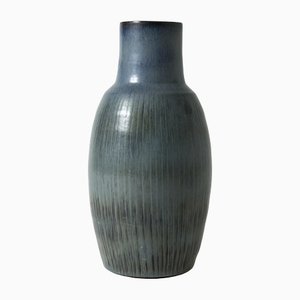



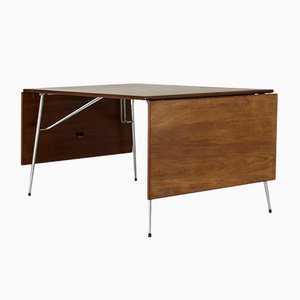
Contacta con nosotros
Haz una oferta
¡Hemos notado que eres nuevo en Pamono!
Por favor, acepta los Términos y condiciones y nuestra Política de privacidad
Contacta con nosotros
Haz una oferta
¡Ya casi está!
Para seguir la conversación en la plataforma, por favor completa el registro. Para proceder con tu oferta en la plataforma, por favor completa el registro.Exitoso
Gracias por tu consulta, alguien de nuestro equipo se pondrá en contacto contigo en breve.
Si eres profesional del diseño, por favor solicita aquí los beneficios del Programa comercial de Pamono